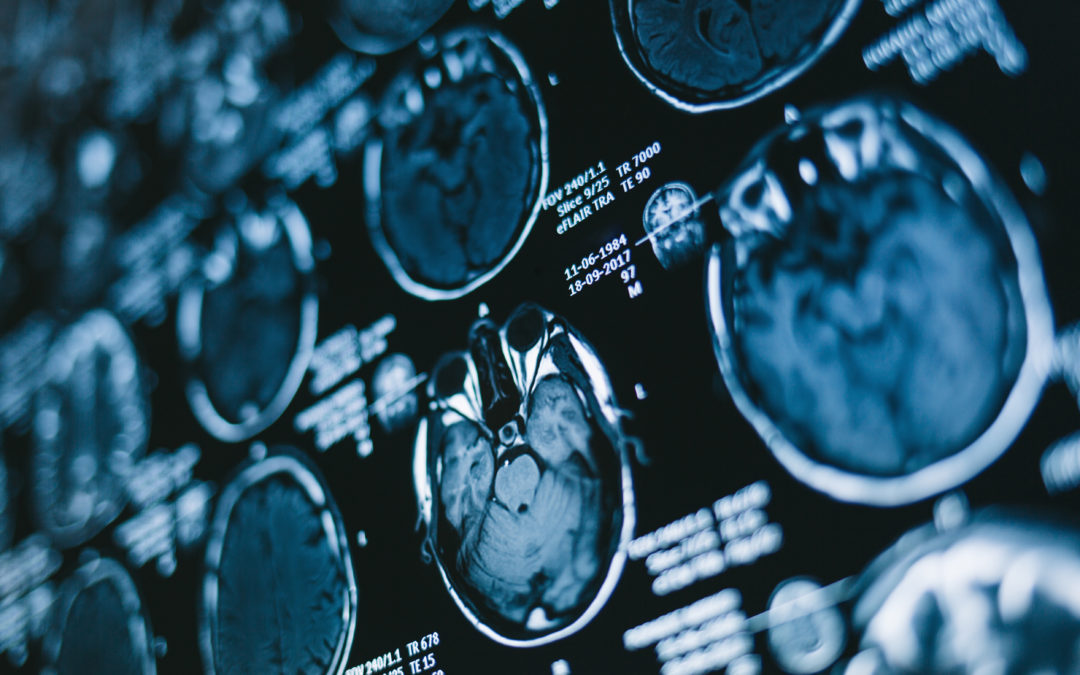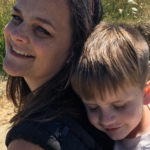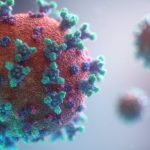It’s an exciting time in the field of brain science.
Researchers are working on new speech analysis tools for the diagnosis of Alzheimer’s.
New studies have shown that retina scans can be used to detect early signs of the disease, long before typical symptoms show up.
And blood and brain metabolites are being used as early biomarkers of Alzheimer’s disease. That’s right, we may soon have blood tests as part of the diagnostic process.
All of this is part of medical science’s ongoing push to better understand the brain and the disorders that affect it.
The human brain generates enough electricity to power a light bulb and processes 70,000 thoughts each day. It uses 100 billion neurons that connect at more than 500 trillion points through synapses that travel 300 miles per hour. Not only does it create thoughts, but it also drives the emotions and stores the memories that define who we are and how we understand ourselves in the world.
[Read More: 4 Trends We’re Watching in Healthcare in 2019]
And no two brains are exactly alike.
Each person’s anatomy is influenced by both genetics and life experiences, a discovery that is changing the way researchers and clinicians approach brain health.
So, what happens when the brain slows down or starts to misfire? According to the World Health Organization (WHO), the number of people living with dementia is currently estimated at 47 million and is projected to increase to 82 million by 2030 and 152 million by 2050. It’s an expensive diagnosis, with dementia costing the US an estimated $818 billion per year.
Contrary to popular belief, dementia not a normal part of aging. It is a syndrome caused by a variety of brain illnesses that impact memory, thinking, and behavior, eventually limiting the ability to perform everyday activities.
Brain health is more important than ever. Tackling impairments, including but not limited to Alzheimer’s, is a high priority, with the National Institute on Aging appropriations doubling from $1.05 billion in 2013 to $2.05 billion in 2017. Here’s what science is doing to help our brains stay healthy and deliver the right signals.
Tackling age: Personalized Brain Care
Sixteen million people in the US are currently living with age-related cognitive impairments (ACRIs). But, none of those patients are exactly the same. Now, researchers are borrowing the principles of precision medicine to prevent and treat ACRIs in more tailored ways, according to a study published in Frontiers in Aging Neuroscience.
Because we know that lifestyle (including exercise, nutrition, medical risks such as high cholesterol, social interaction, and mental fitness) impact our risk factors for dementia and other impairments, new research is helping to identify modifiable risk factors that can help clinicians develop specific targets for intervention and prevention efforts.
The research identifies major risk categories including cardiovascular insufficiency, immune disruption, and chronic stress. The factors of these conditions cause brain drivers including brain inflammation, compromised brain flow, increased neuropathology, and altered synaptic connectivity. Ultimately, these brain drivers fast-track the development of cognitive disorders.
An individual’s gene variants also play a role, acting to increase the impact of a risk category or protect against risk categories.
The combination of risk factors, brain drivers, and gene variants have helped researchers to develop a Precision Aging Model. Similar to how precision medicine changes the question from “Does treatment X work?” to “Who does treatment X work for?,” the Precision Aging Model helps to prevent and treat the diseases that we as individuals are uniquely predisposed to.
Monitoring and Capturing Brain Signals
As the number of patients suffering from brain-related disorders is on the rise, so is the growth of the market for wireless brain sensors. Wireless brain sensors monitor the neurological fluctuations and help to improve cognitive functionalities particularly for populations suffering from dementia, Parkinson’s, traumatic brain injuries, and other brain disorders.
New technology is working to capture and manage the signals that the brain sends. For example, Neuros Medical has developed an Electrical Nerve Block technology that treats chronic pain in a variety of applications including post-amputation pain, chronic post-surgical pain, and chronic migraines by intercepting signals that the brain sends to the nervous system. The technology delivers a high-frequency electrical signal to sensory nerves in the peripheral nervous system to block the pain signal. The system consists of an electrode (also known as a lead) placed around a peripheral nerve and an implantable pulse generator (IPG).
Stanford researchers are trying to take it one step further, developing implantable brain sensors that can record and decipher the electrical activity of neurons that control body movement; the goal of which is to design prosthetics that amputees and those with paralysis can control with their thoughts. This technology tracks the activity of individual neurons and decodes neural activity in the aggregate, rather than one-by-one.
If you ask a brain expert, they might tell you that we are what we think.
Before we pick up the keys on the way out the door, our brains send a multitude of messages that tell our bodies to do it. But what happens when we start to forget? Or when our brains send our bodies the wrong messages (like triggering pain in a missing limb)?
Our brains are as unique as we are. And, brain science is becoming increasingly better at understanding what our brains are trying to communicate.






